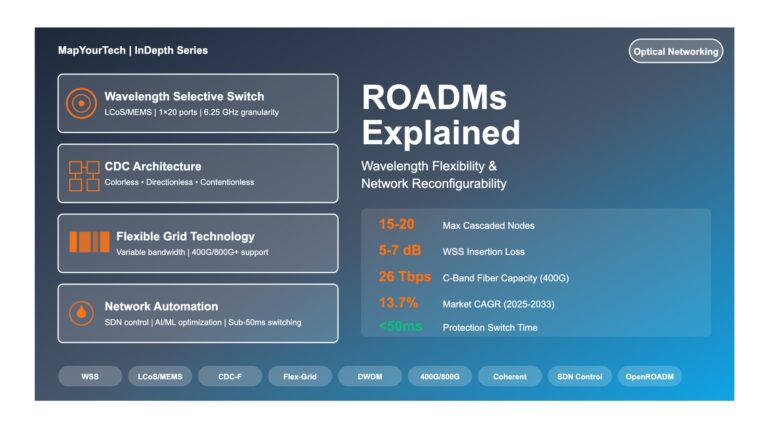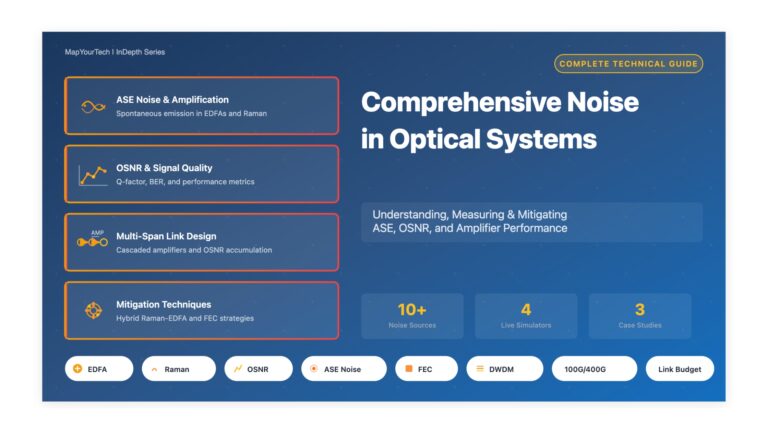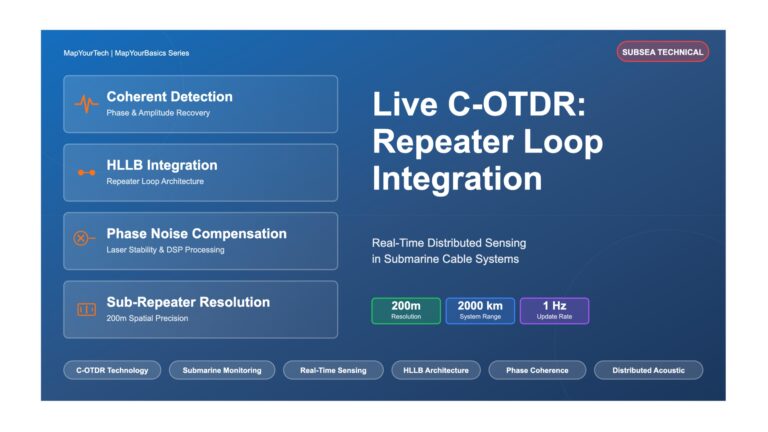The following effects are the main sources of Q factor fluctuations:
PDL(polarization-dependent loss):
This corresponds to the dependence of the insertion loss of passive components to the signal state of polarization (SOP).
PHB (polarization hole burning):
This corresponds to the dependence of the optical amplifier gain to the signal SOP. The PHB is an effect that is significant in single-wavelength transmission since the degree of polarization (DOP) of a laser source is close to 100% unless a polarization scrambler is used. In WDM transmission systems, including a large number of wavelengths, however, the DOP of the optical stream is close to 0% due to the random distribution of the different wavelengths SOP. This effect becomes, therefore, negligible in a WDM transmission system.
PDG (polarization-dependent gain):
This corresponds to the dependence of the EDFA gain to the pump SOP. The PDG can be considered for EDFA as equivalent to the PDL for passive components, and the impact on the transmission quality is the same as the PDL.
PMD(polarization mode dispersion):
This corresponds to the dependence of the fiber refractive index on the signal SOP.
Unlock Premium Content
Join over 400K+ optical network professionals worldwide. Access premium courses, advanced engineering tools, and exclusive industry insights.
Already have an account? Log in here



